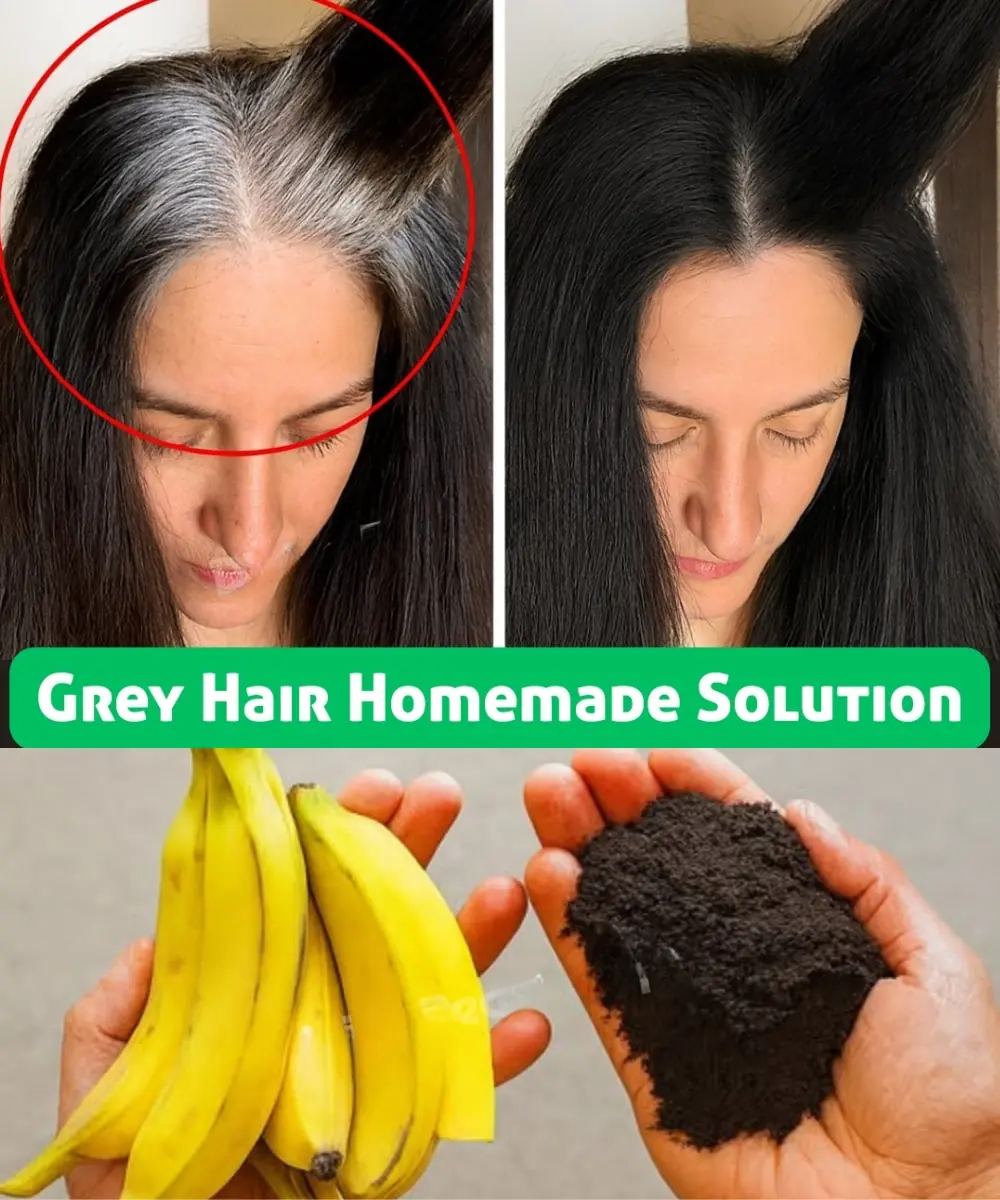
Your Period Might Be Making Depression Worse: Understanding Premenstrual Exacerbation
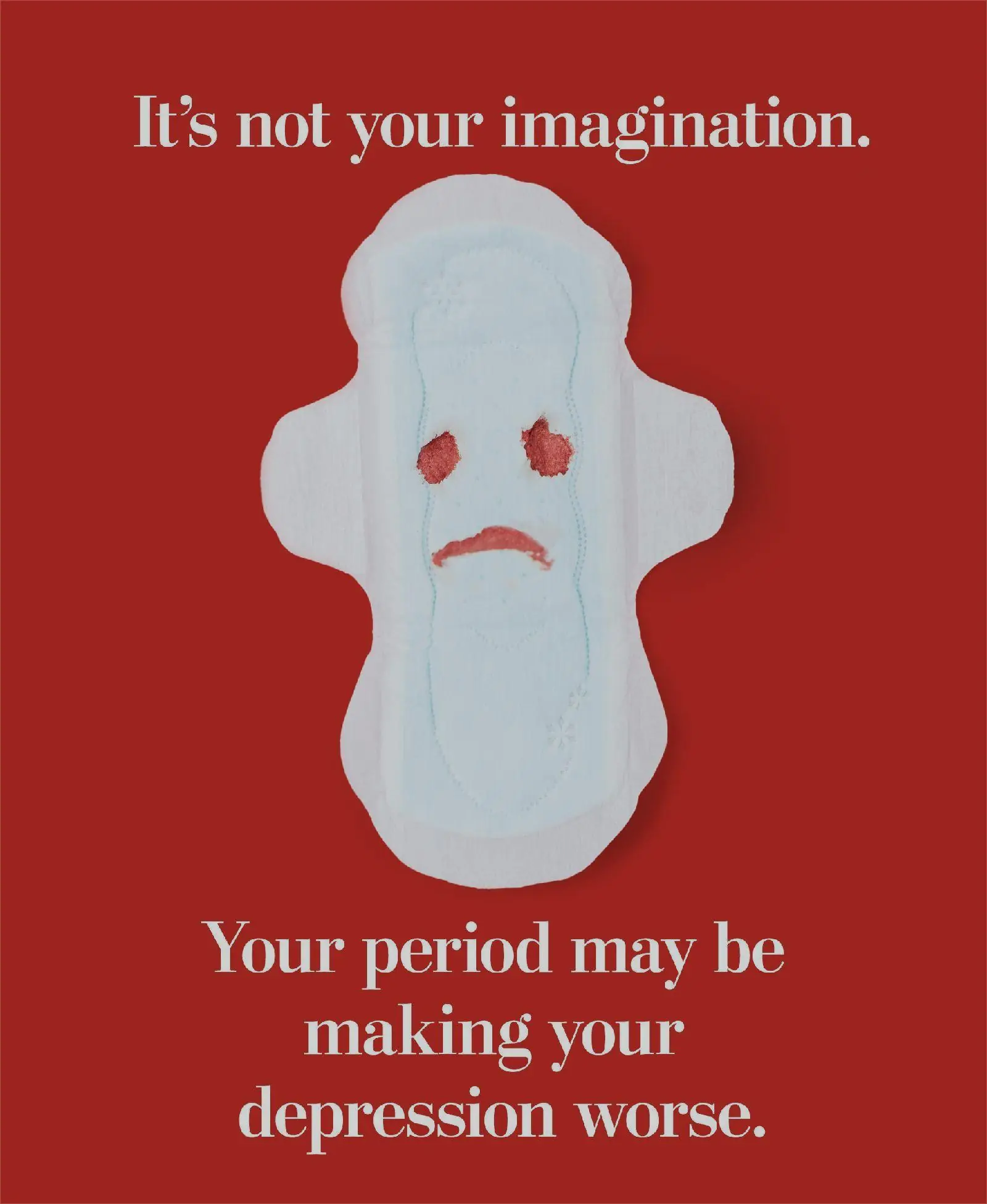
A Hidden Pattern in Women’s Mental Health
Depression already affects millions of women worldwide, but for many, the days before their period bring an extra weight. Research shows that more than half of women with depression may experience premenstrual exacerbation (PME)—a temporary but significant worsening of their symptoms right before menstruation begins.
According to CDC data, about 1 in 6 women in the U.S. lives with depression. For this group, tracking mood alongside the menstrual cycle has revealed a clear pattern: symptoms often dip to their lowest point in the three days before a period through the first two days of bleeding.
What Is PME?
PME is not a new disorder but rather a cyclical worsening of an existing condition, most often major depressive disorder. While symptoms like sadness, fatigue, guilt, or loss of pleasure may be present throughout the month, they intensify right before menstruation.
This differs from:
-
PMS (Premenstrual Syndrome): Usually involves physical discomfort (bloating, cramps) alongside mood shifts.
-
PMDD (Premenstrual Dysphoric Disorder): A severe, cycle-specific mood disorder where symptoms are largely absent outside the luteal phase.
PME sits in between: it doesn’t cause depression, but it amplifies it during a sensitive hormonal window.
Why Does It Happen?
Scientists believe PME stems from sensitivity to normal hormonal changes—especially progesterone and its byproducts—rather than abnormal hormone levels themselves. These shifts influence brain pathways tied to stress, mood, and reward.
For some women, this hormonal fluctuation acts as a “trigger,” heightening preexisting depression in a predictable monthly rhythm.
Recognizing the Symptoms
Women with PME often notice:
-
Lower mood or deepened sadness
-
Heightened feelings of guilt or worthlessness
-
Increased fatigue, sleep, or appetite changes
-
Reduced motivation and loss of interest in activities
Crucially, these symptoms worsen just before the period, then ease as menstruation begins.
How to Tell If It’s PME (and Not PMDD)
The best way is through daily symptom tracking over at least two cycles. Write down mood changes, energy levels, and period dates.
-
If symptoms worsen but don’t fully disappear outside the cycle → likely PME.
-
If symptoms appear only in the premenstrual phase and vanish afterward → more consistent with PMDD.
What Can Help?
Medical Approaches
-
Antidepressants (SSRIs/SNRIs): Already first-line for depression, some doctors recommend adjusting the dose during the luteal phase for PME.
-
Hormonal treatments: Continuous birth control pills may help smooth hormonal fluctuations, though results vary.
Psychological Support
-
Cognitive Behavioral Therapy (CBT): Can be tailored to address the predictable premenstrual dip.
-
Planning ahead: Knowing which days are hardest allows for adjusting workload, scheduling rest, and putting coping strategies in place.
Lifestyle Tools
-
Prioritize sleep consistency
-
Include regular exercise
-
Use light exposure to stabilize mood
-
Reduce major stressors in the days before menstruation
Why It Matters
PME is not widely recognized, yet it can impact relationships, work performance, and overall quality of life. By acknowledging its existence, women and clinicians can shift from blame (“I’m just moody”) to understanding (“This is a documented biological pattern”)—and find better ways to manage it.
What You Can Do Next
-
Track your cycle and mood for at least two months.
-
Bring your notes to a healthcare provider—ask about treatment adjustments around your cycle.
-
Create a self-care plan for the days you know will be harder.
Final Note
Depression is a serious condition. If you ever feel like harming yourself, please reach out for immediate support. In the U.S., you can dial or text 988 for the Suicide & Crisis Lifeline. If outside the U.S., seek local emergency contacts or a crisis helpline in your country.
News in the same category

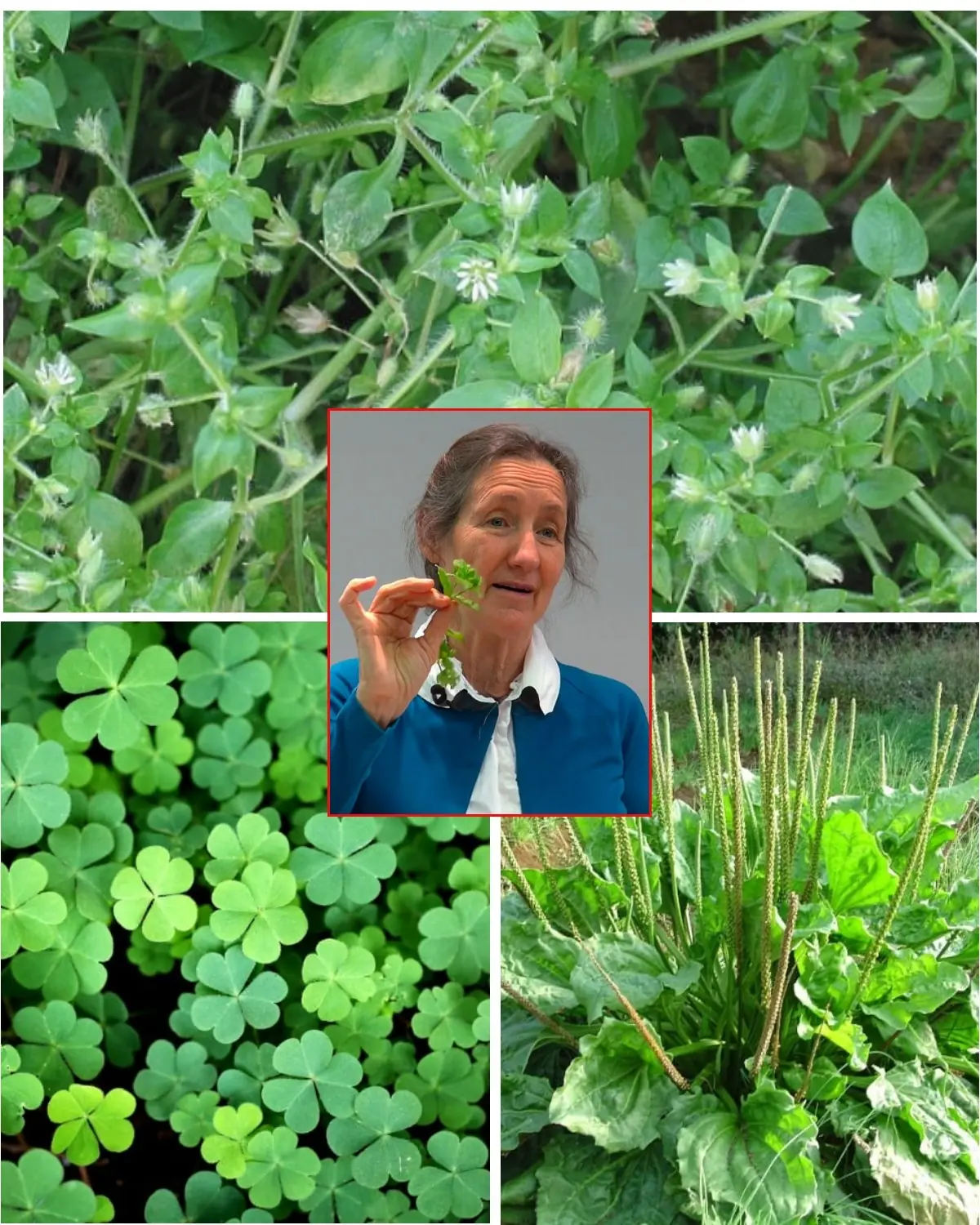
10 Best Nutritious Edible Weeds In The Garden
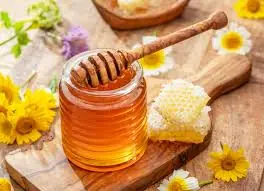
Health Benefits of Honey 🍯
Dandelion Buds: A Forager’s Treasure and How to Turn Them into Tangy Capers
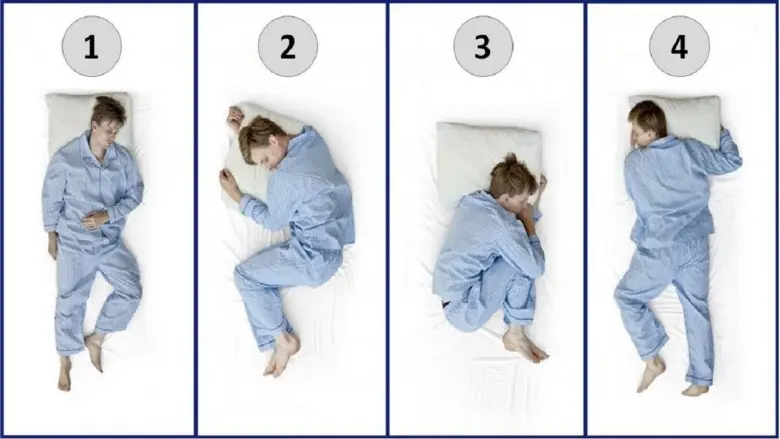
What Does Your Sleeping Position Reveal About Your Personality?
News Post

WHAT HAPPENS WHEN WE TONGUE KISS…See more
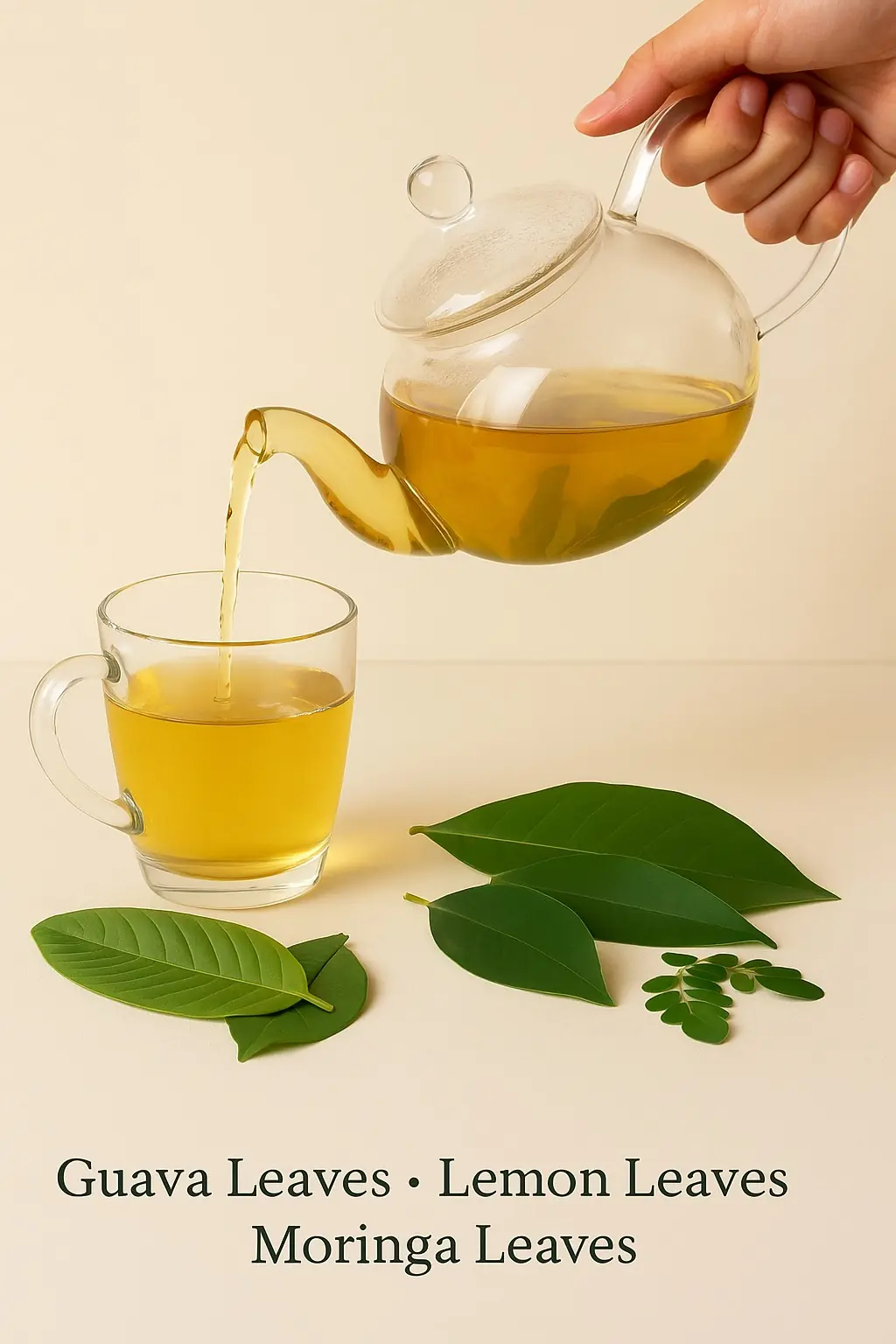
Nature’s Secret: 4 Healing Leaves That Support Metabolism, Immunity & Circulation Naturally

Don’t Drink Coconut Water Before You Know These 11 Secrets!
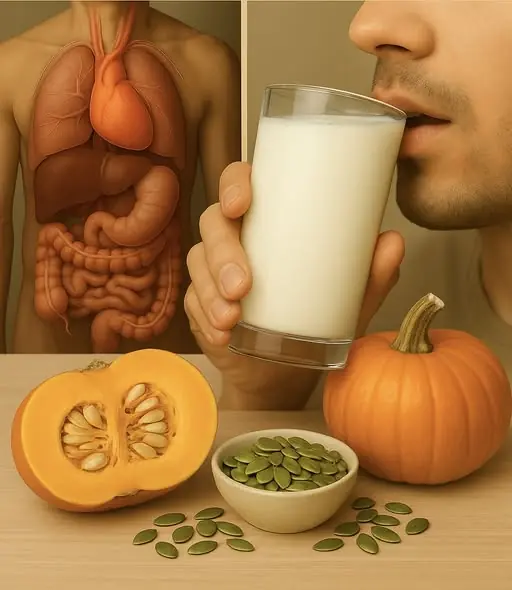
Pumpkin Seed Milk — The Natural Parasite Cleanser
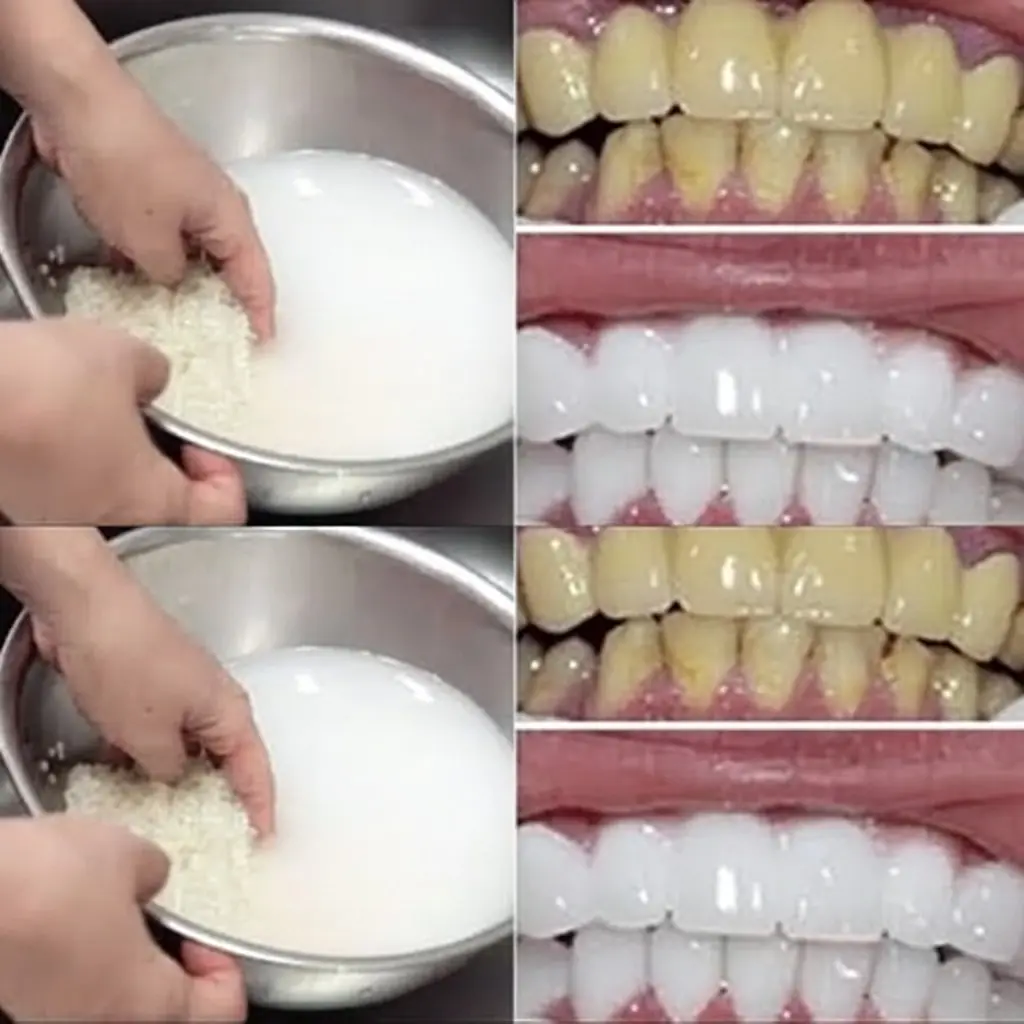
Fast Rice Water Trick for a Brighter Smile
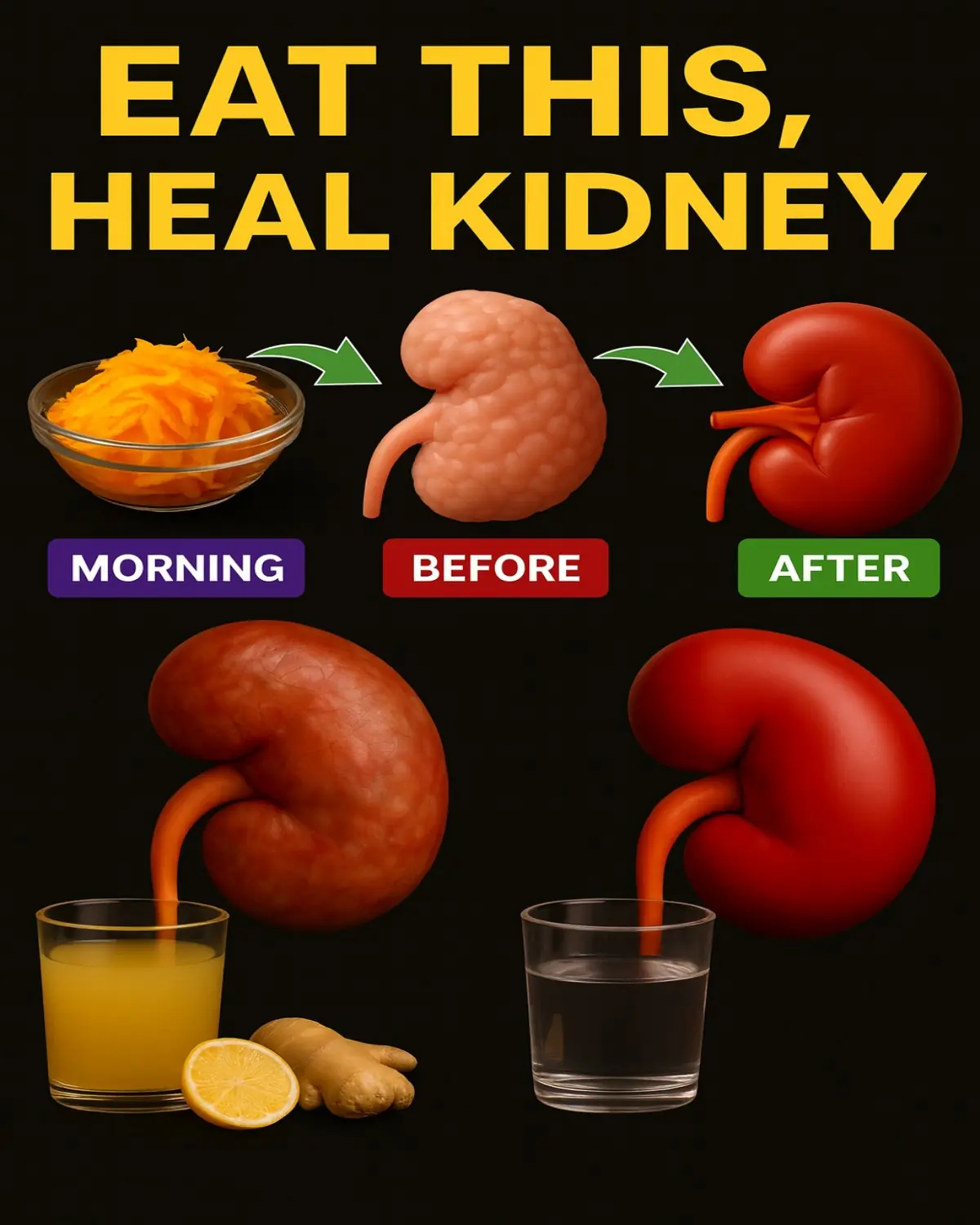
Morning Drink to Revive Your Kidneys Fast
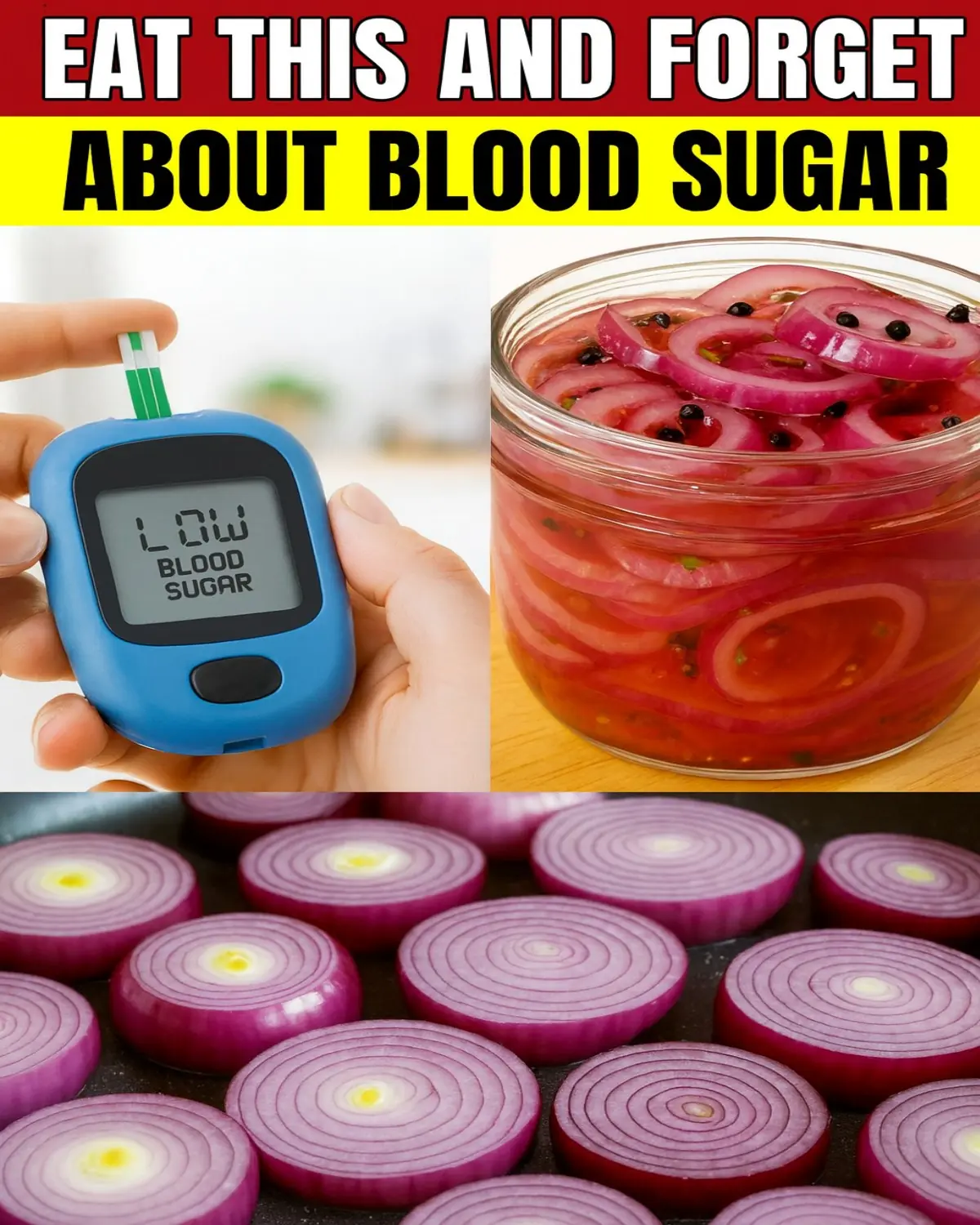
The Onion Recipe That Could Transform Your Blood Sugar, Support Cleaner Arteries, and Protect Your Heart!
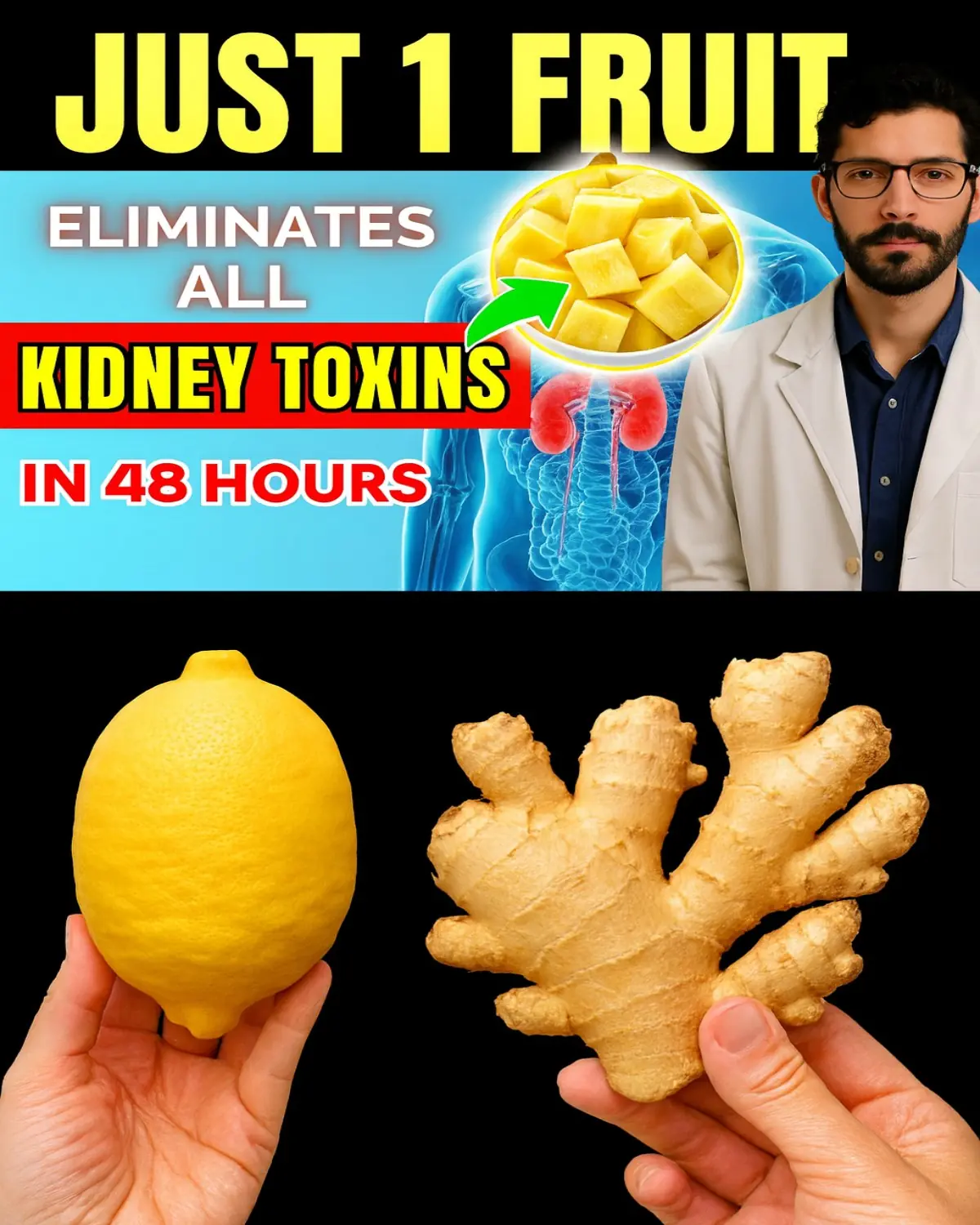
Top 4 Fruits That Help Your Kidneys Flush Out Toxins While You Sleep
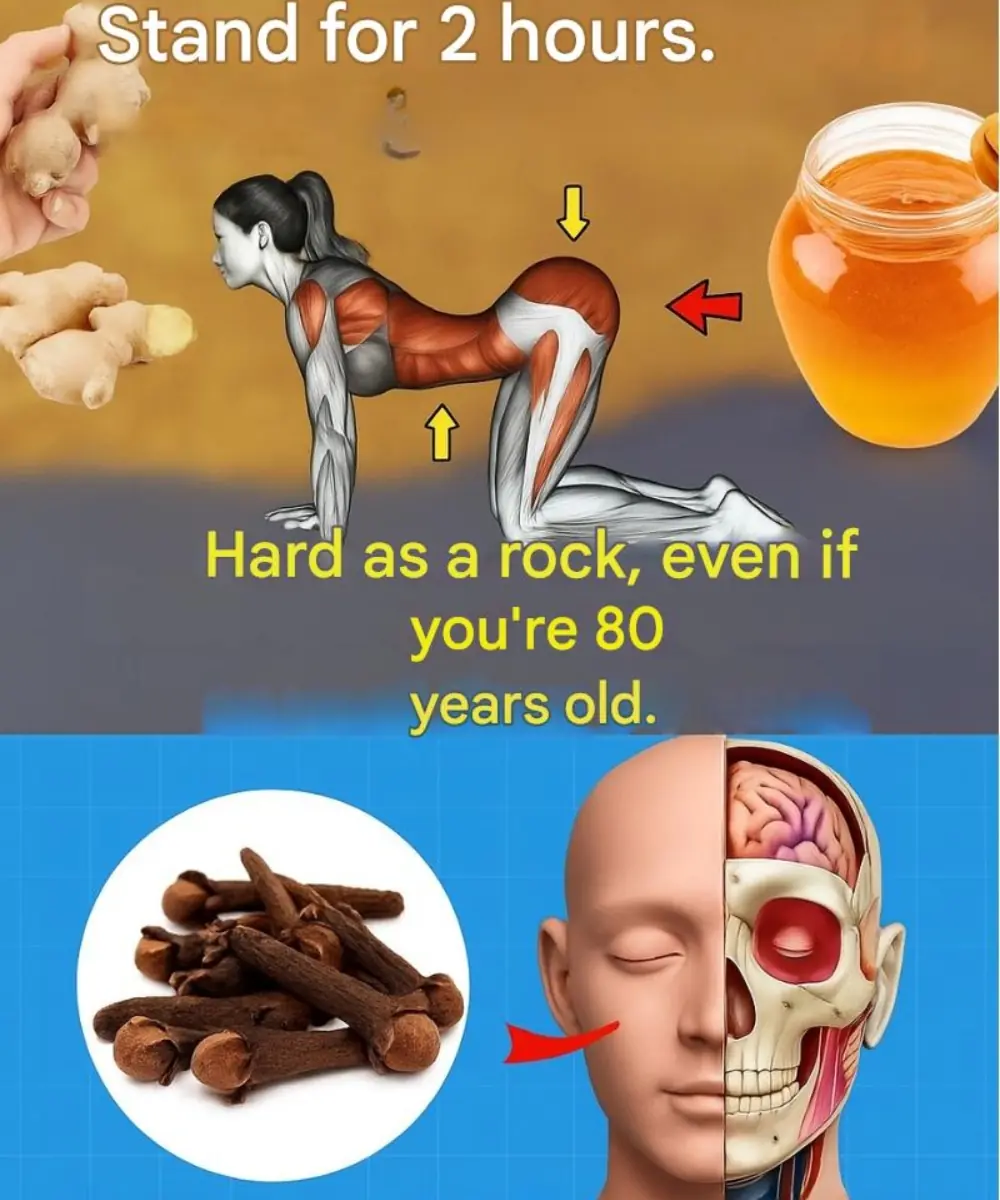
Ginger, Clove, and Honey: The Natural Trio Your Body Will Thank You For
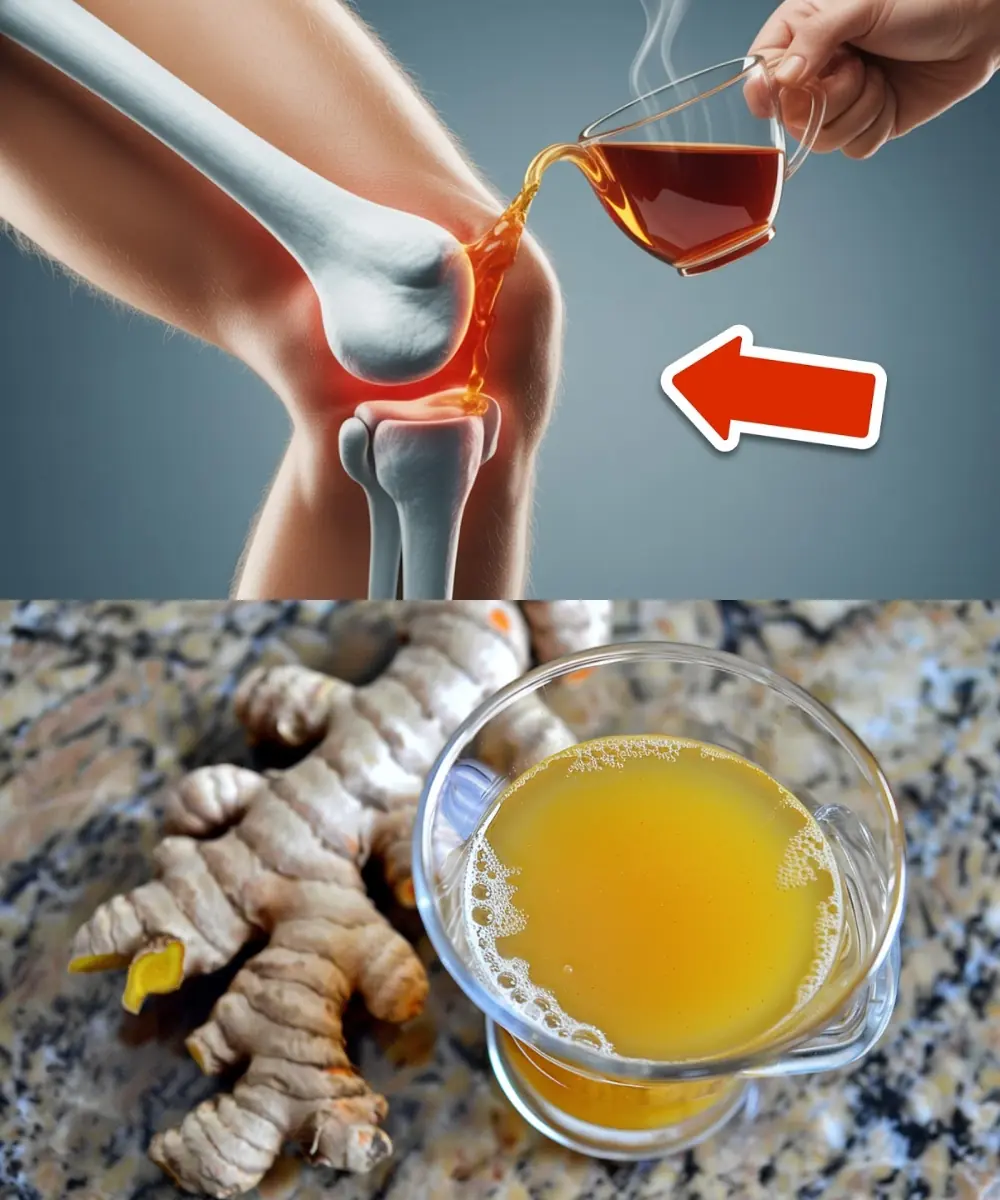
Heal 15 Years of Joint Pain Naturally with Turmeric and Honey Tea

This Juice Revived My Grandma’s Energy — Say Goodbye to Fatigue and Body Pain with This Natural Recipe

The Benefits of Eating 2 Boiled Eggs Every Morning: Transform Your Health!

If Your Kidneys Are in Danger, Your Body Will Send You These 8 Signals — Don’t Ignore Them

The Surprising Effects of Avocado on Your Heart and Brain

Ways to Get Over a Man Who Didn’t Value You
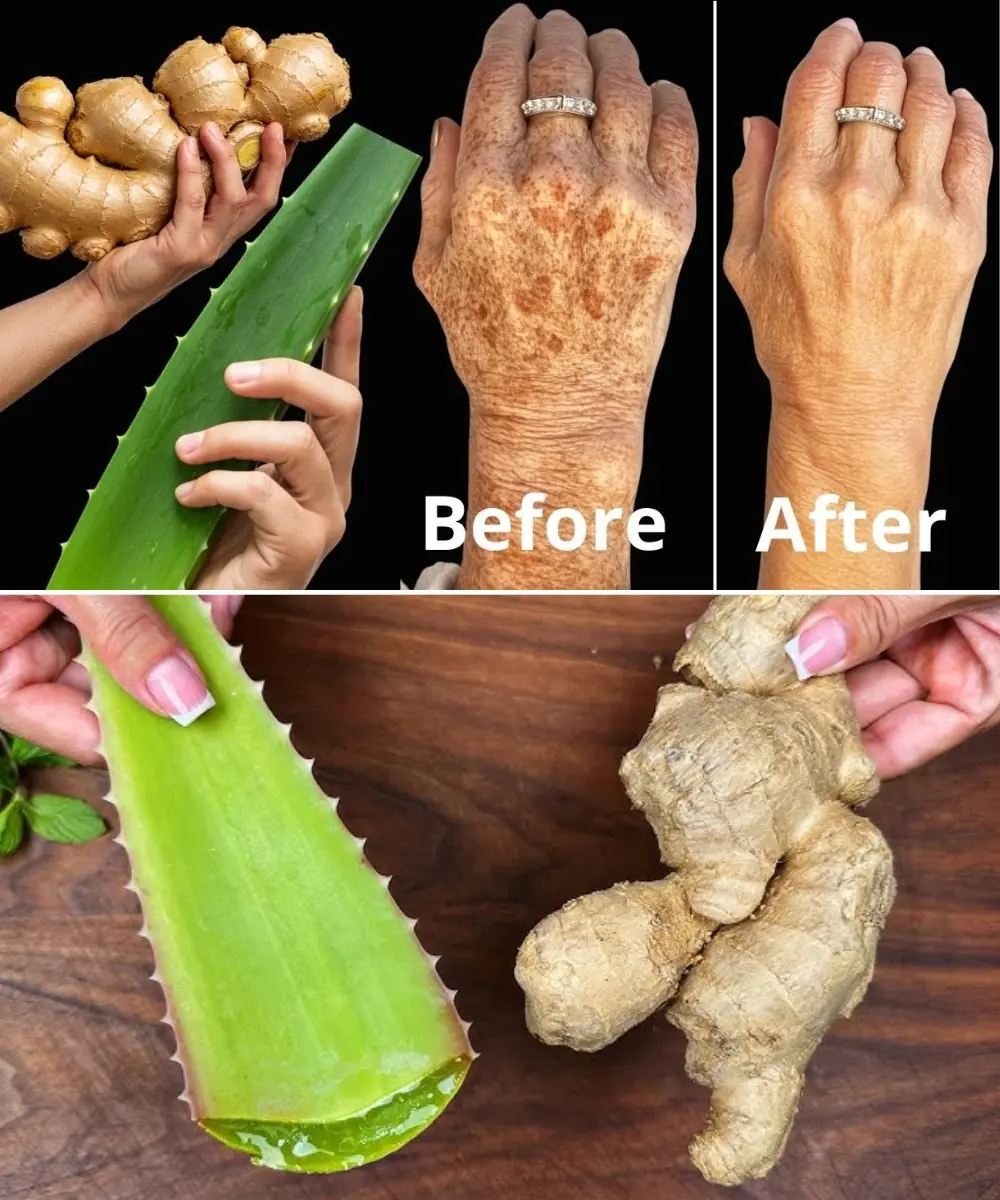
I’m 66 but Look 36 — My Secret? Aloe Vera & Ginger for Firm, Smooth Skin
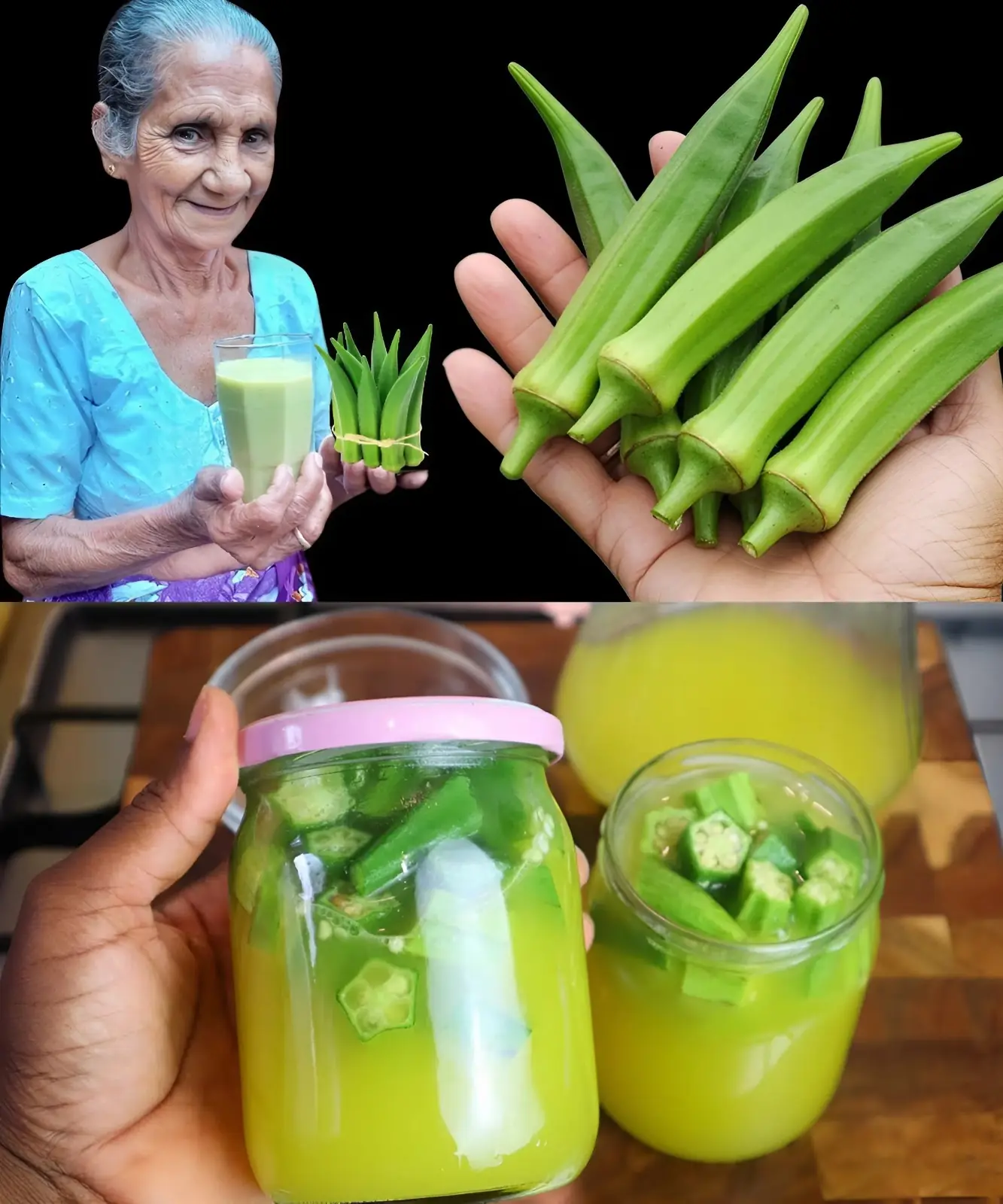
How to Make Okra Water to Treat 17 Health Problems Naturally
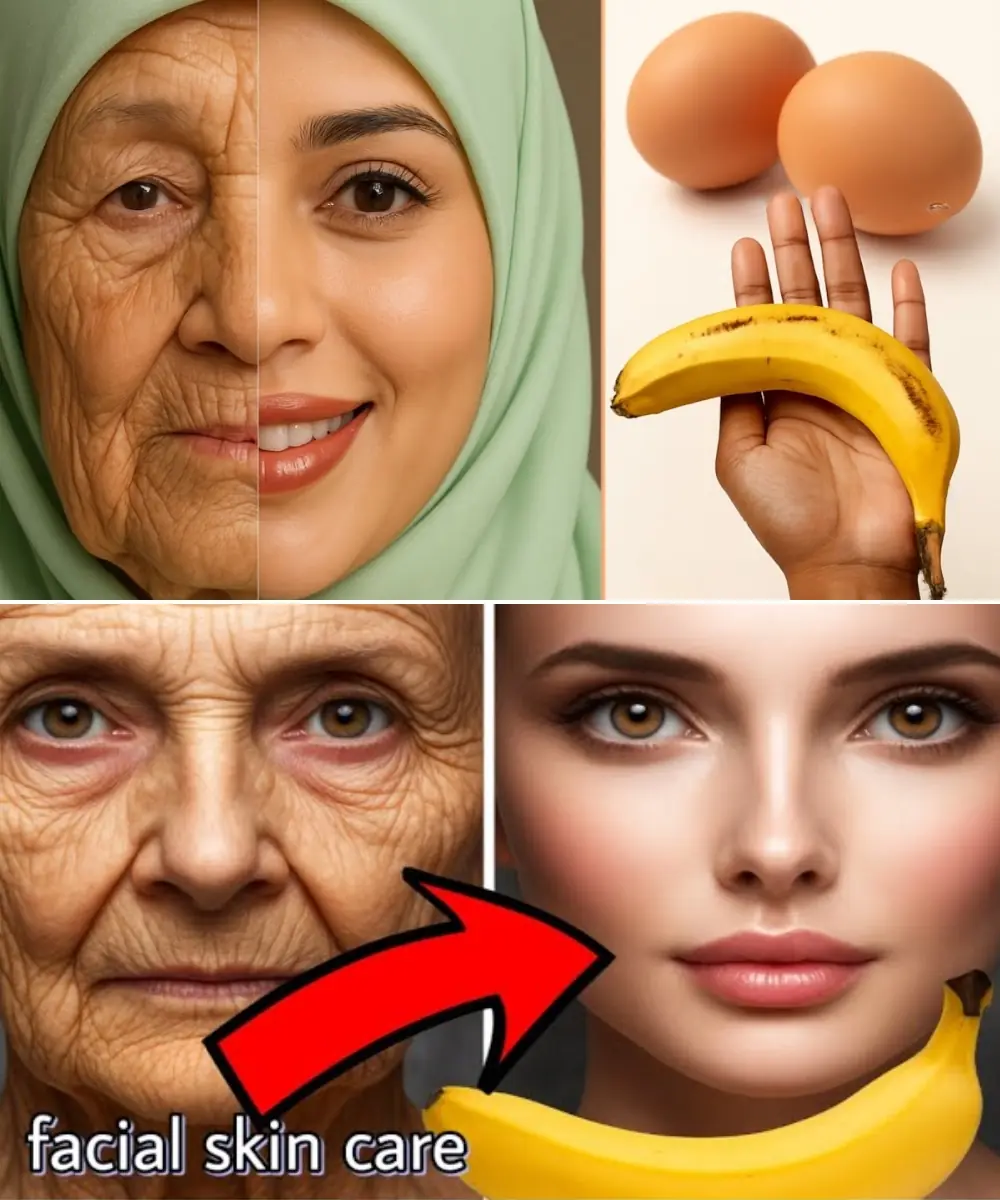
Banana and Egg Mask to Look Younger Even in Your 80s
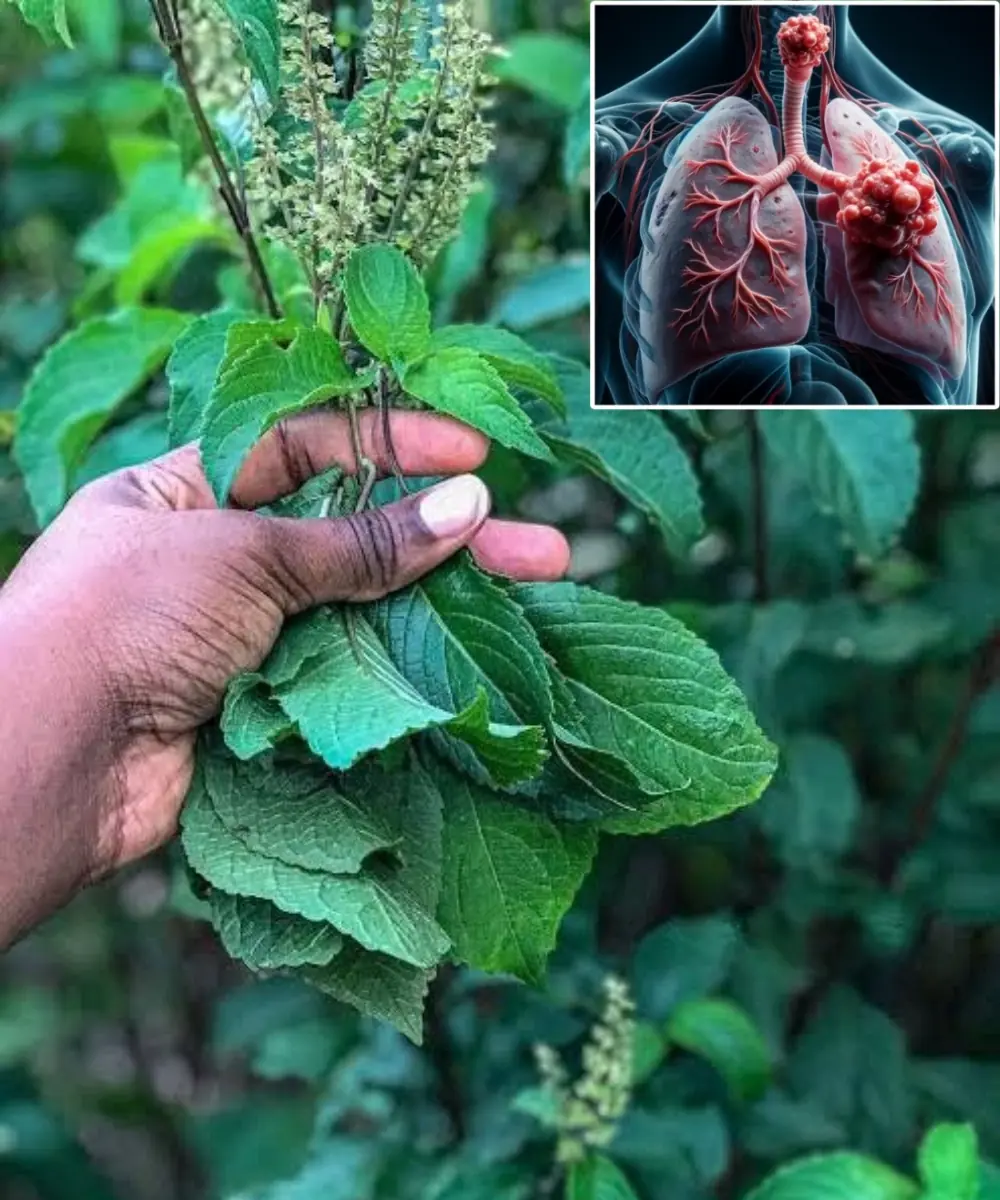
Scent Leaf Secrets Unveiled: 10 Surprising Health Benefits of This Miracle Herb
